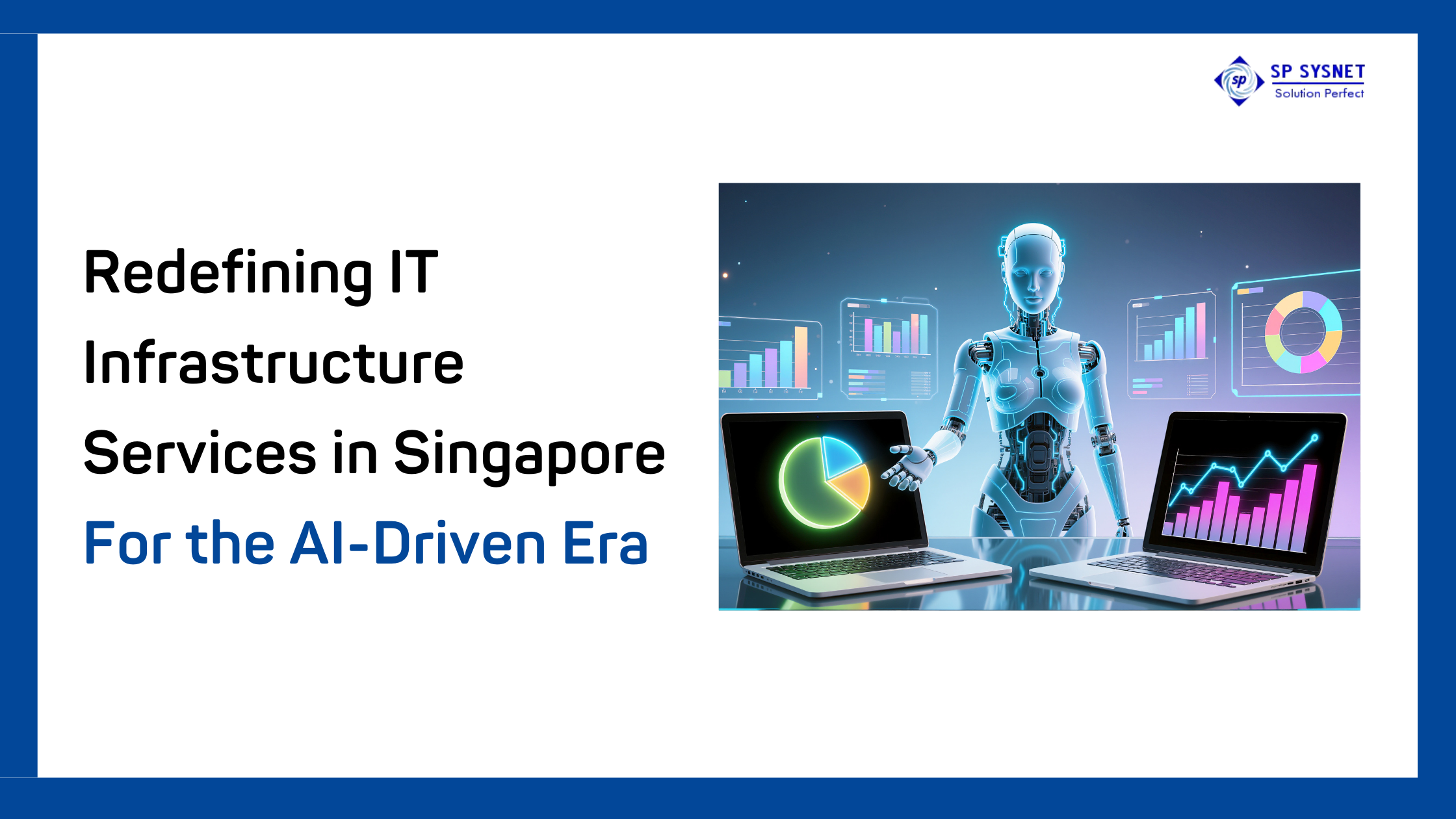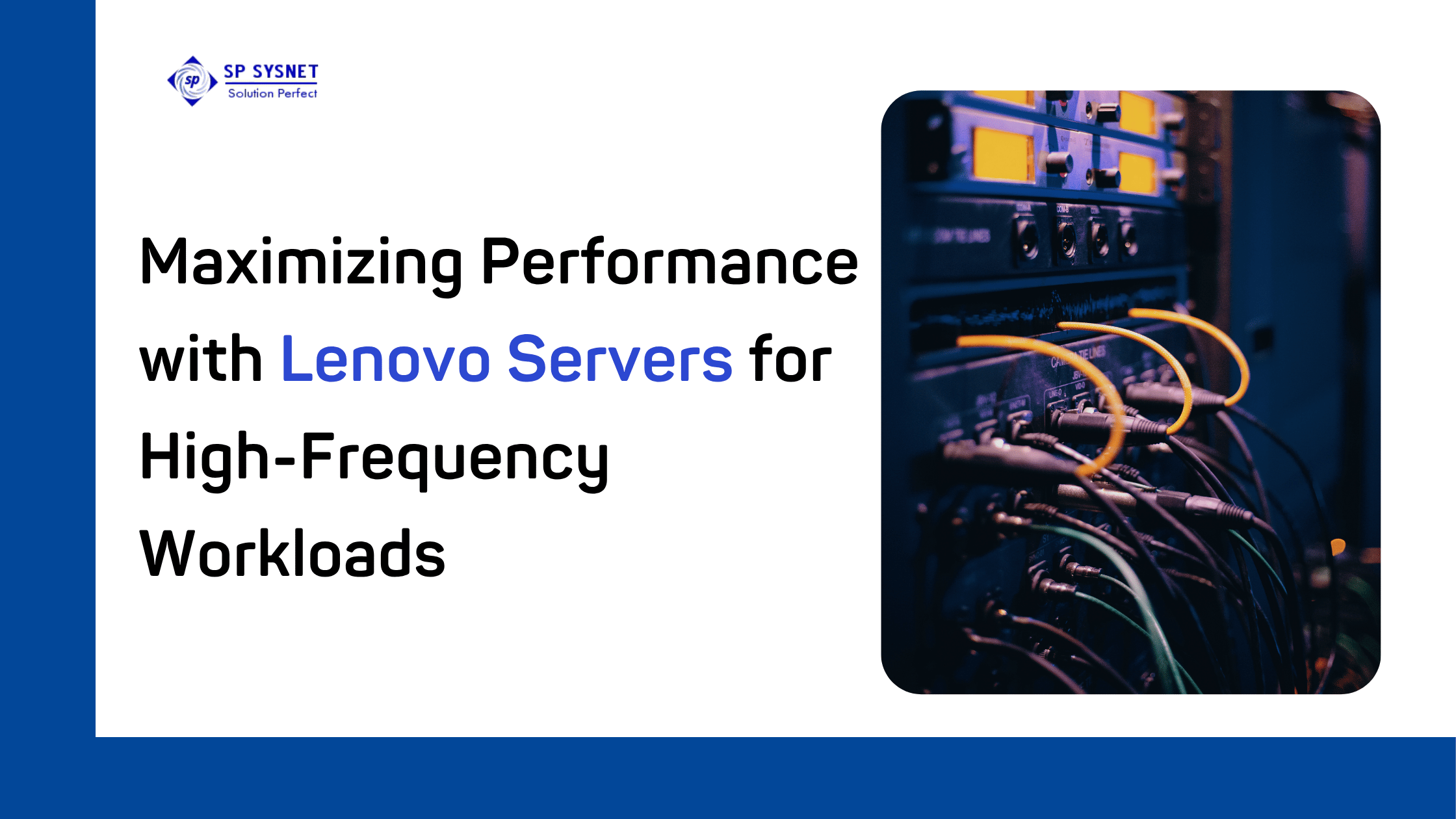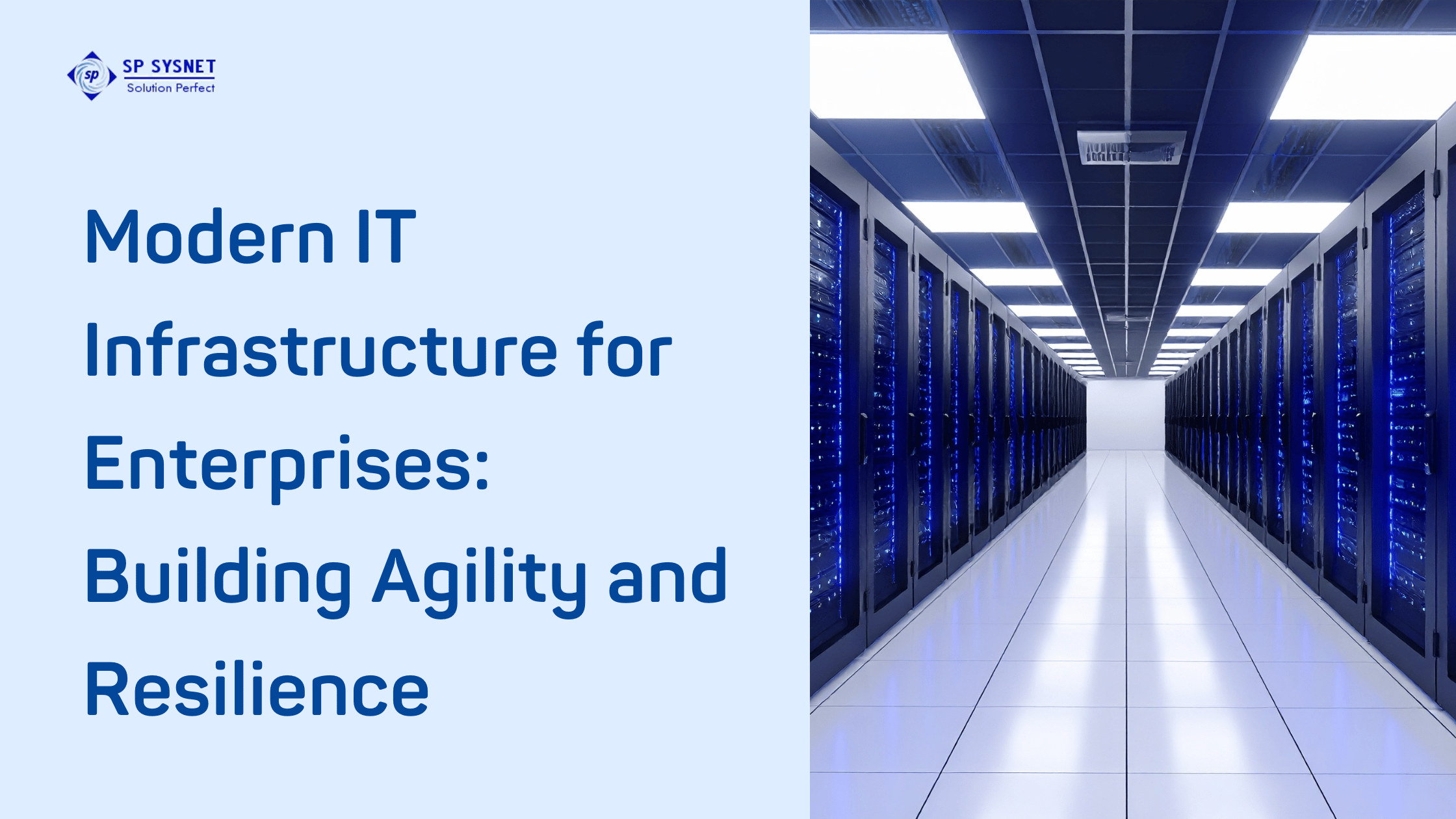The rise of digital transformation has forced enterprises to rethink how they store, process, and manage data. Modern businesses are increasingly adopting hybrid cloud models, blending the flexibility of public clouds with the security and control of private clouds. However, simply moving to a hybrid environment is not enough. Effective hybrid cloud infrastructure management has become a strategic necessity for organizations seeking to maximize efficiency, agility, and security.
Understanding Hybrid Cloud Infrastructure
Hybrid cloud infrastructure refers to an IT environment that combines private and public cloud services. This allows organizations to run sensitive workloads on private servers while leveraging public cloud resources for scalable, on-demand operations. The hybrid approach provides the best of both worlds: cost-effective scalability from public clouds and robust security from private environments.
Yet, managing such a complex setup is challenging. Without proper oversight, hybrid systems can quickly become fragmented, inefficient, or vulnerable to security threats. That’s where comprehensive hybrid cloud management services come into play.
The Challenges of Hybrid Cloud Environments
Managing a hybrid cloud environment involves more than simply connecting private and public clouds. Enterprises face several challenges, including:
- Complexity: Hybrid environments involve multiple platforms, vendors, and tools. Monitoring performance, availability, and cost across these diverse systems can be daunting.
- Security Risks: Data in transit between private and public clouds can be exposed to cyber threats. Ensuring consistent security policies and compliance standards is essential.
- Resource Optimization: Without real-time monitoring, workloads may be underutilized or over-provisioned, leading to higher costs and inefficiencies.
- Integration Issues: Applications often need to communicate across cloud boundaries, requiring seamless interoperability to avoid downtime or performance degradation.
These challenges highlight why enterprises cannot rely solely on internal teams or ad hoc processes to manage hybrid environments. Structured hybrid cloud infrastructure management is critical for operational stability and business continuity.
Benefits of Effective Hybrid Cloud Management
When executed correctly, hybrid cloud management delivers a wide range of benefits that directly impact an organization’s competitiveness:
- Enhanced Scalability: Hybrid cloud infrastructure enables businesses to scale resources dynamically. Management tools ensure that workloads are deployed efficiently and can expand or contract based on demand.
- Cost Efficiency: By continuously monitoring resource utilization, hybrid cloud management services help optimize costs. Businesses can avoid over-provisioning and leverage pay-as-you-go pricing models effectively.
- Improved Security and Compliance: Centralized management ensures consistent security policies across both private and public environments, reducing the risk of breaches and ensuring compliance with industry regulations.
- Operational Visibility: Modern management platforms offer real-time dashboards, analytics, and alerts. IT teams gain insights into system performance, potential bottlenecks, and security incidents before they escalate.
- Business Agility: With hybrid cloud infrastructure under control, enterprises can deploy new applications faster, respond to market changes, and innovate without worrying about backend limitations.
Key Components of Hybrid Cloud Infrastructure Management
Effective hybrid cloud management involves several core components:
- Monitoring and Analytics: Continuously track system performance, resource utilization, and security events to maintain optimal operations.
- Automation and Orchestration: Automate routine tasks like workload migration, scaling, and backups to reduce human error and operational costs.
- Security and Compliance Management: Implement unified security policies, access controls, and audit mechanisms to safeguard data and meet regulatory requirements.
- Integration and Interoperability: Ensure seamless communication between private and public cloud environments for uninterrupted application performance.
- Cost Management: Track spending across multiple cloud platforms to identify inefficiencies and optimize budget allocation.
By focusing on these areas, enterprises can unlock the full potential of hybrid cloud environments while mitigating risks and improving overall efficiency.
Why Enterprises Should Invest in Hybrid Cloud Management Services?
The complexity of hybrid cloud environments means that many organizations benefit from specialized hybrid cloud management services. These services provide expertise, tools, and support to manage the infrastructure effectively. Key advantages include:
- Access to experienced professionals who understand the nuances of hybrid cloud architectures.
- Implementation of advanced tools for monitoring, automation, and security.
- Proactive problem detection and resolution, reducing downtime and performance issues.
- Scalable solutions that grow with business needs, ensuring long-term sustainability.
By leveraging expert services, enterprises can focus on core business activities while leaving infrastructure management to dedicated teams.
Conclusion
In a world where digital transformation is no longer optional, hybrid cloud environments are becoming a cornerstone of enterprise IT strategy. Yet, without proper hybrid cloud infrastructure management, businesses risk inefficiencies, security vulnerabilities, and lost opportunities. Investing in robust management practices and hybrid cloud management services ensures that organizations can optimize costs, improve performance, and maintain a competitive edge. For enterprises looking to navigate the complexities of hybrid IT environments, trusted partners like SP Sysnet offer the expertise and solutions necessary to make hybrid cloud adoption seamless and impactful.








